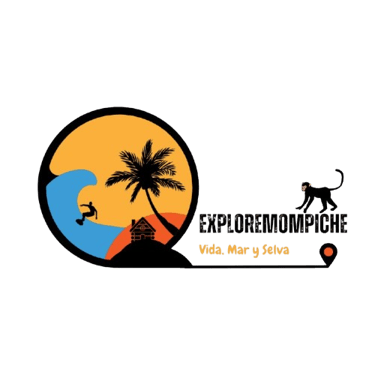Mompiche Evolution
Pre-Hispanic Era
Despite the abundant presence of archeological remains in the Mompiche area and its surroundings, knowledge about pre-Hispanic settlements in this sector continues to be limited, which raises the need for more rigourous archeological exploration. Some researchers suggest that this region may have been a point of confluence between the Jama-Coaque and Atacames cultures. Due to its geographical configuration, which allows boats to shelter in their inlets, it is considered very likely that there was a small maritime commercial exchange centre. Although there is no certainty about the direct presence of the Tolita culture in the area, natural conditions and navigation routes suggest that this region may have been integrated into wider networks of pre-Hispanic exchange.
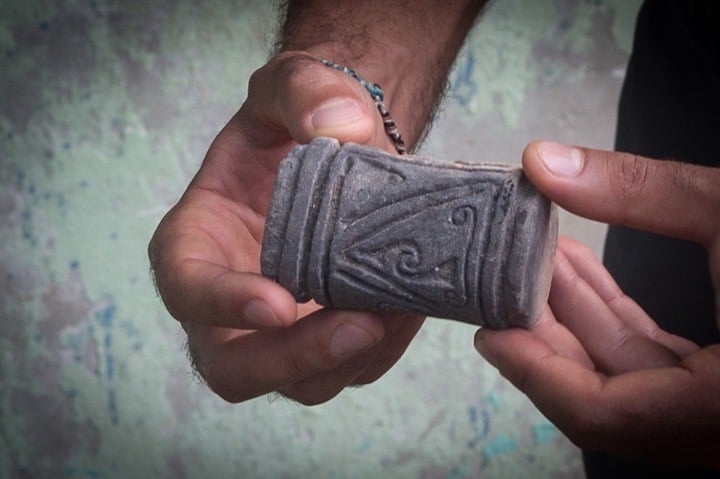

Palenque of Freedom
Alonso de Illescas (recognised by the National Congress of Ecuador in 1997) who, along with 22 other blacks, arrived at the coasts of what is now the Portete and Bolívar enclosure, belonging to the Muisne canton, in the province of Esmeraldas. It was through a shipwreck in 1553 and under the leadership of Antón and Alonso, who managed to live in freedom and seize a large territory. This territory was an unconquerable kingdom for the Spaniards both because of the fortress they had built called Palenque, and because of the agreements and alliances with the local indigenous people.
Every year there is a commemoration called PILGRIMAGE OF RETURN TO THE PALENQUE DE LIBERTAD, usually organised in the month of November. It begins with the reception in the Bolivar enclosure, of the different delegations, at night the traditional "tapao de pescado" is shared next to the so-called "Fogón de los Abuelos". The next day the pilgrimage is made to Portete beach, where an ancestral ceremony is held, different cultural events and the story is shared through orality.
The first cartographic reference of Mompiche appears in the geographical map of the province of Esmeraldas elaborated in 1879 by the German geologist, botanist and explorer Teodoro Wolf. In this document, Mompiche appears as a parish belonging to the province of Manabí, although due to its geographical location it is evident that it should be attributed to Esmeraldas, to which it currently belongs, but as an enclosure. Wolf also highlights the relevance of its inlet, capable of offering favourable conditions for the anchoring of boats. He also mentions that, at that time, Mompiche was not yet a defined town, with the presence of just two or three houses.
The origin of the name Mompiche remains uncertain. Theories have been proposed that link it to toponymic roots from indigenous languages such as Tsafiqui or Cha'palaa, of the Chachi people; other speculations suggest influences from navigators who once travelled its coasts, or even phonetic connections with natural elements of the area, such as the pechiche tree. Whatever its origin, the name Mompiche has a unique sound, as attractive as the place it names - mysterious, captivating and deeply evocative.
Entering the Republican Era
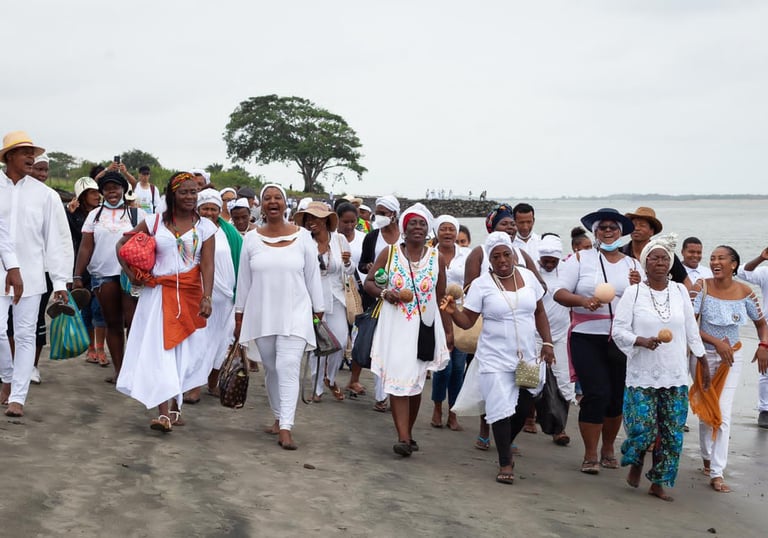

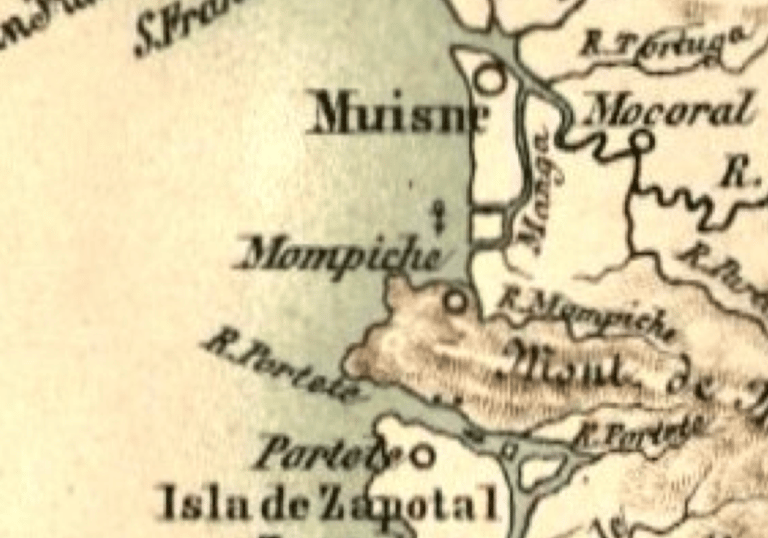

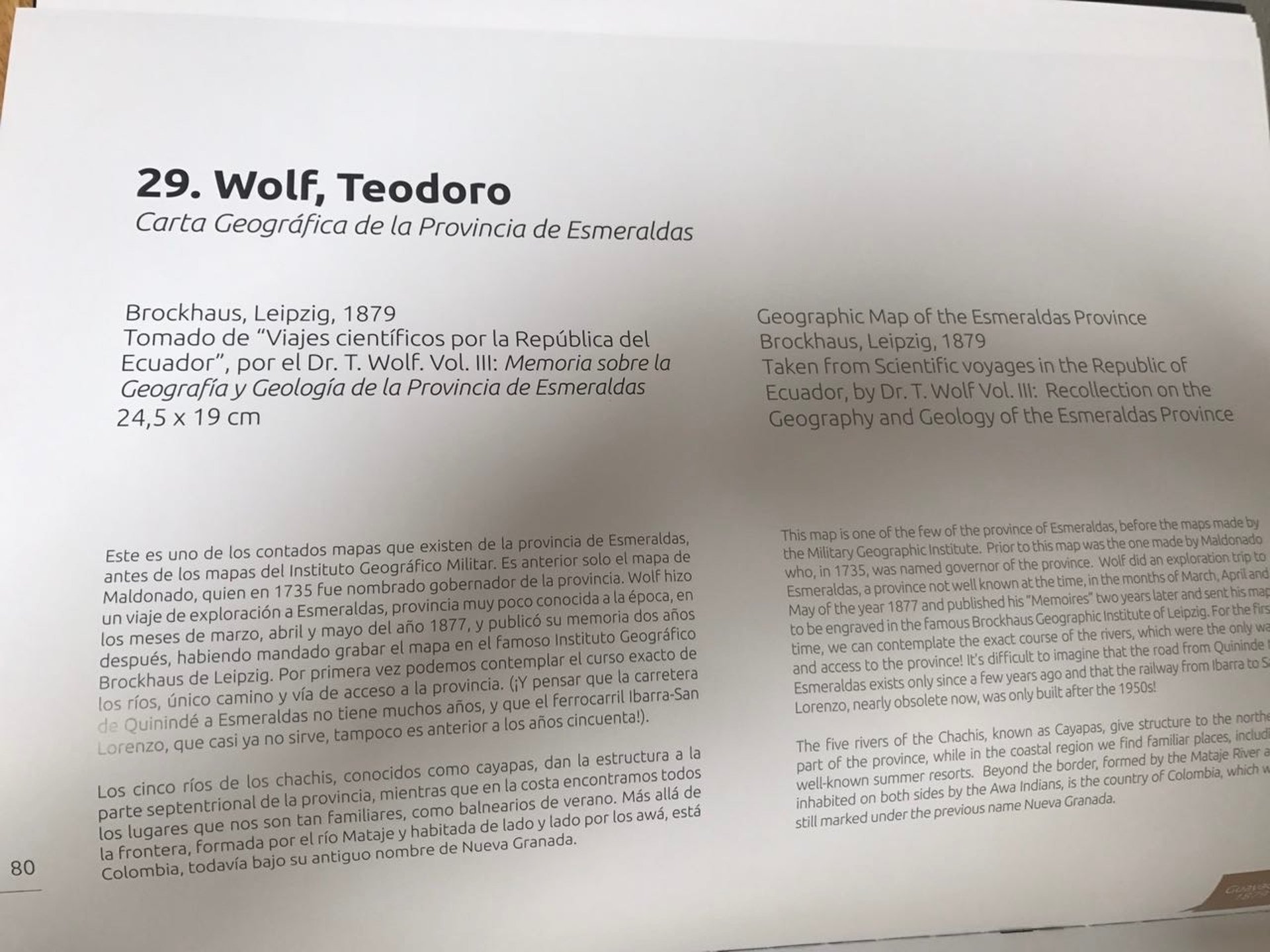

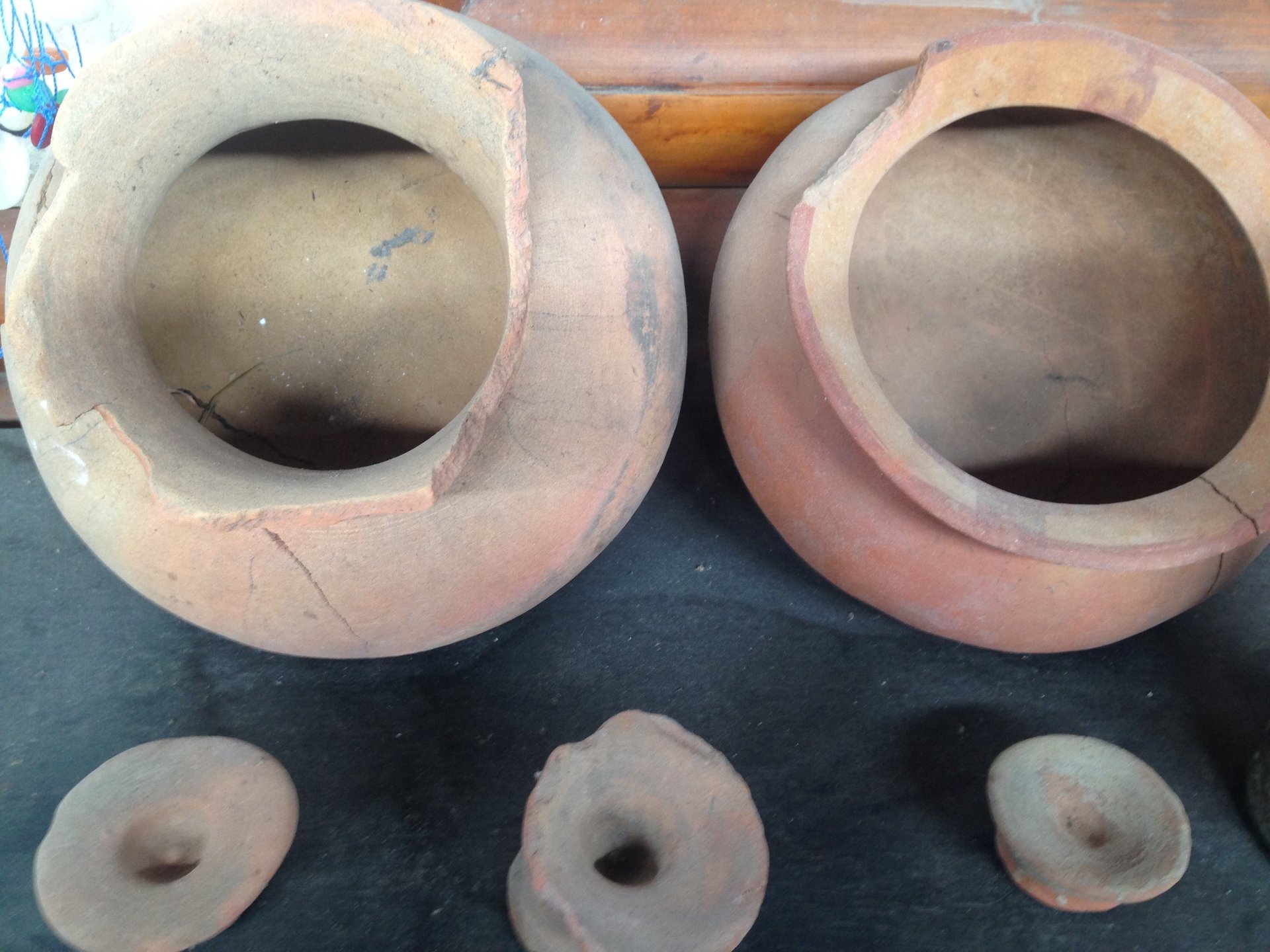
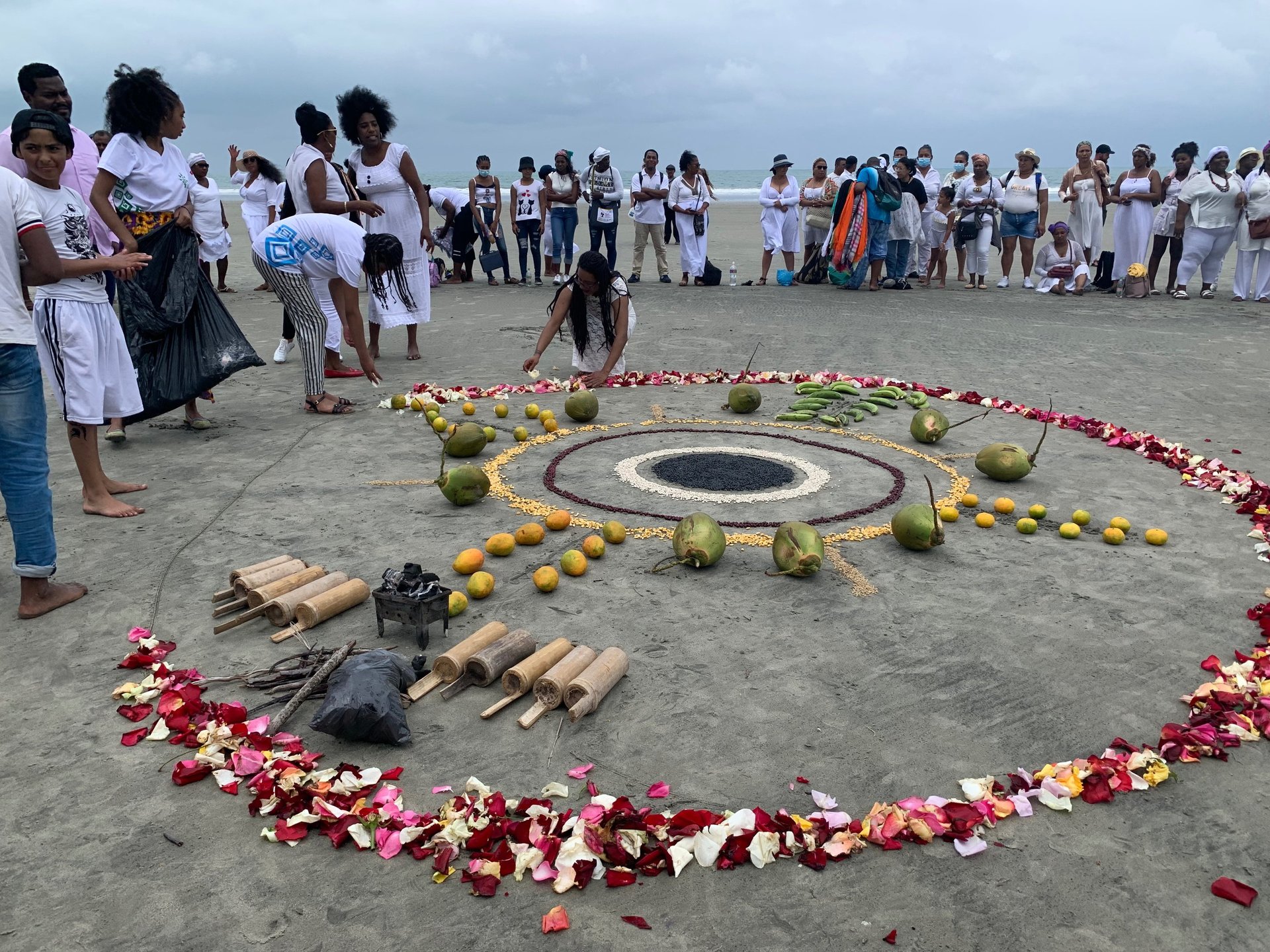
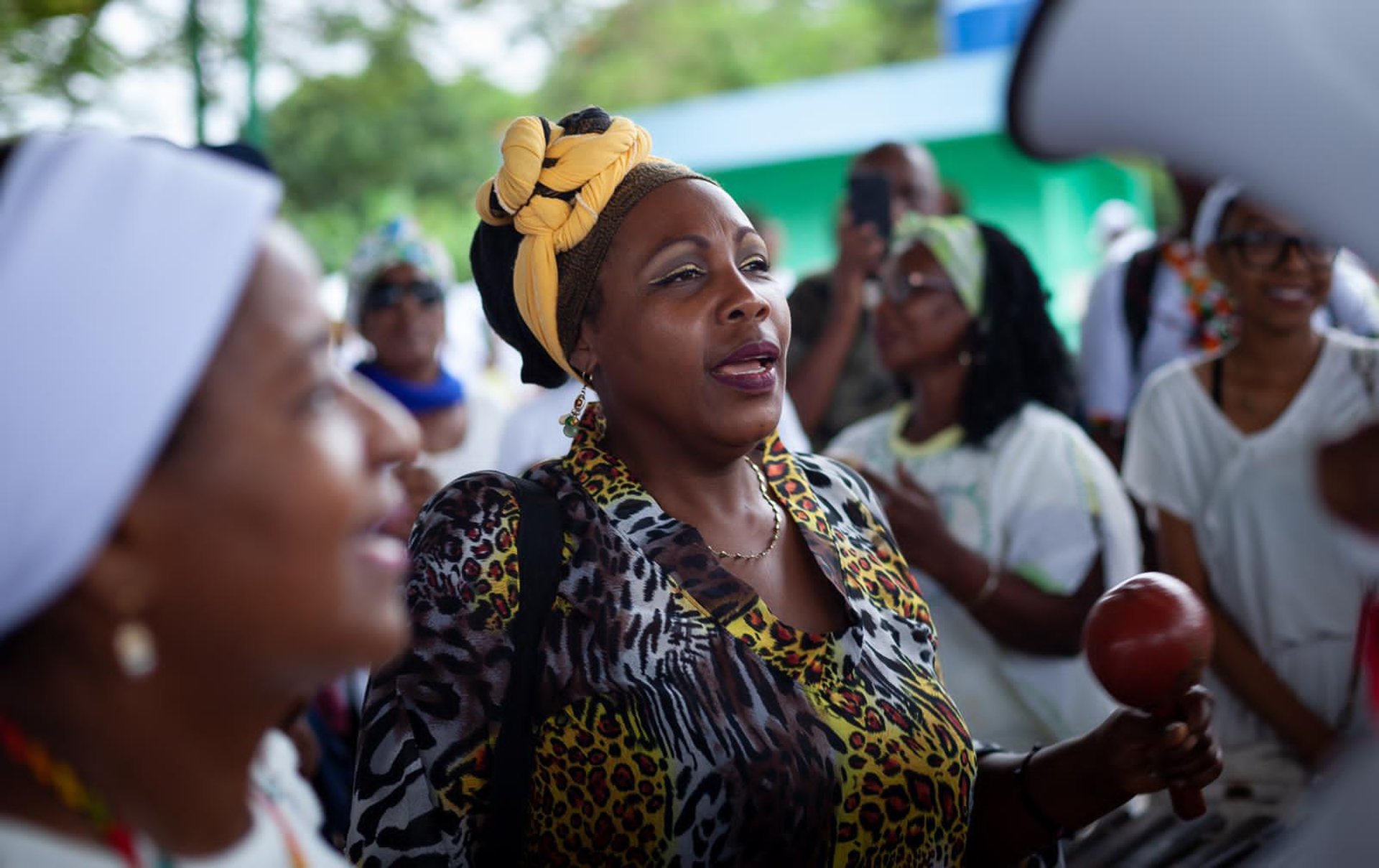
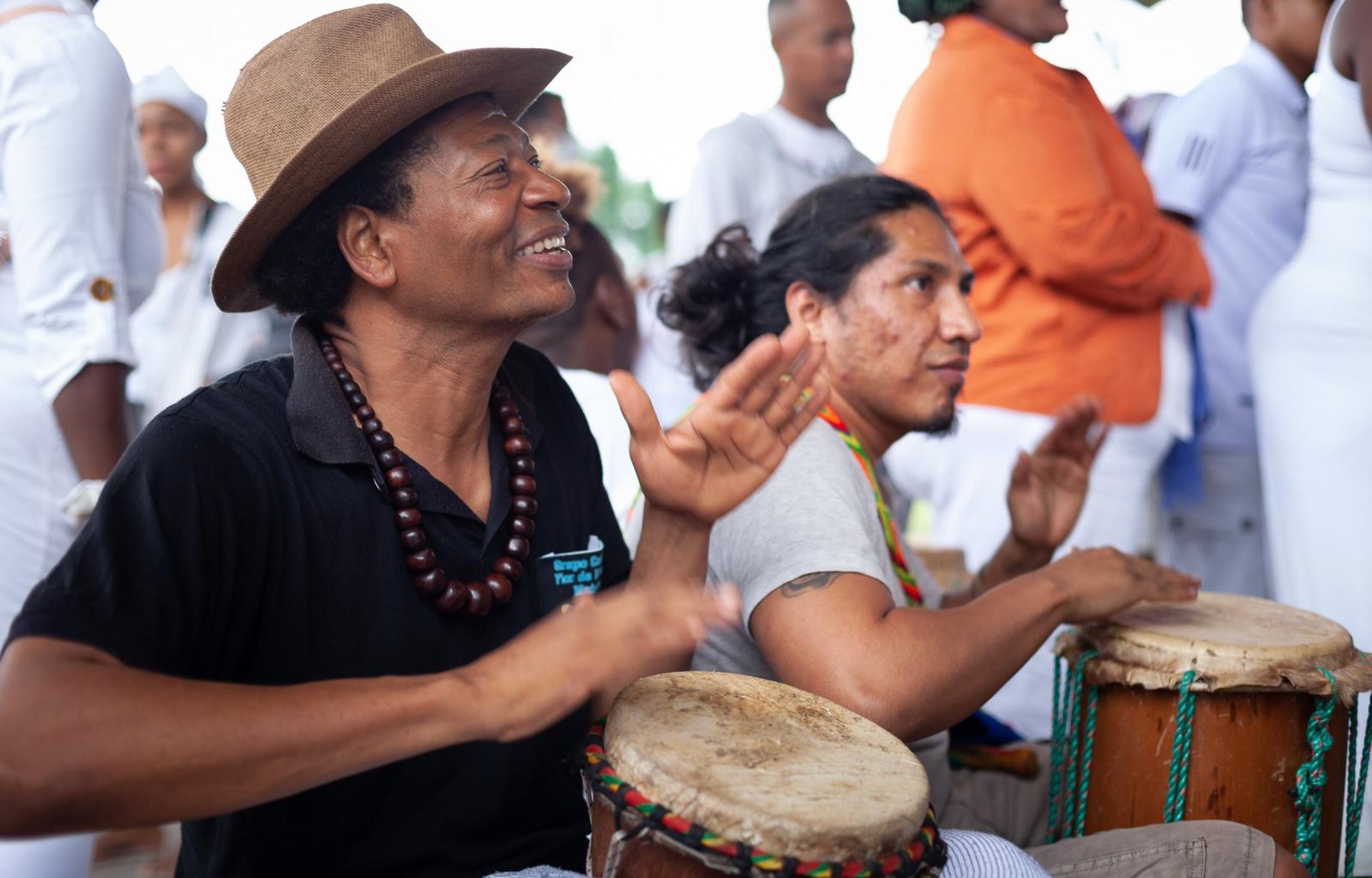
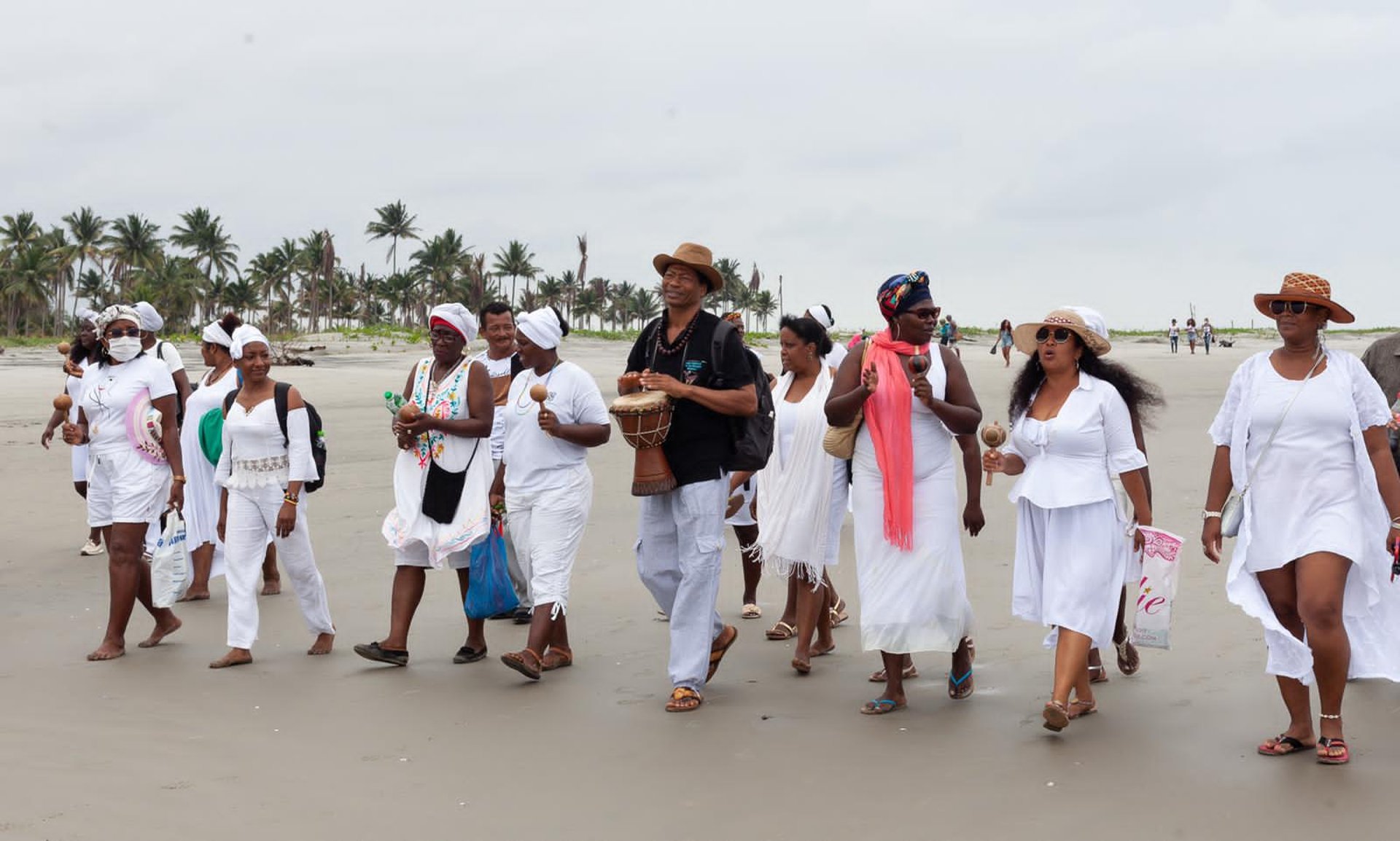
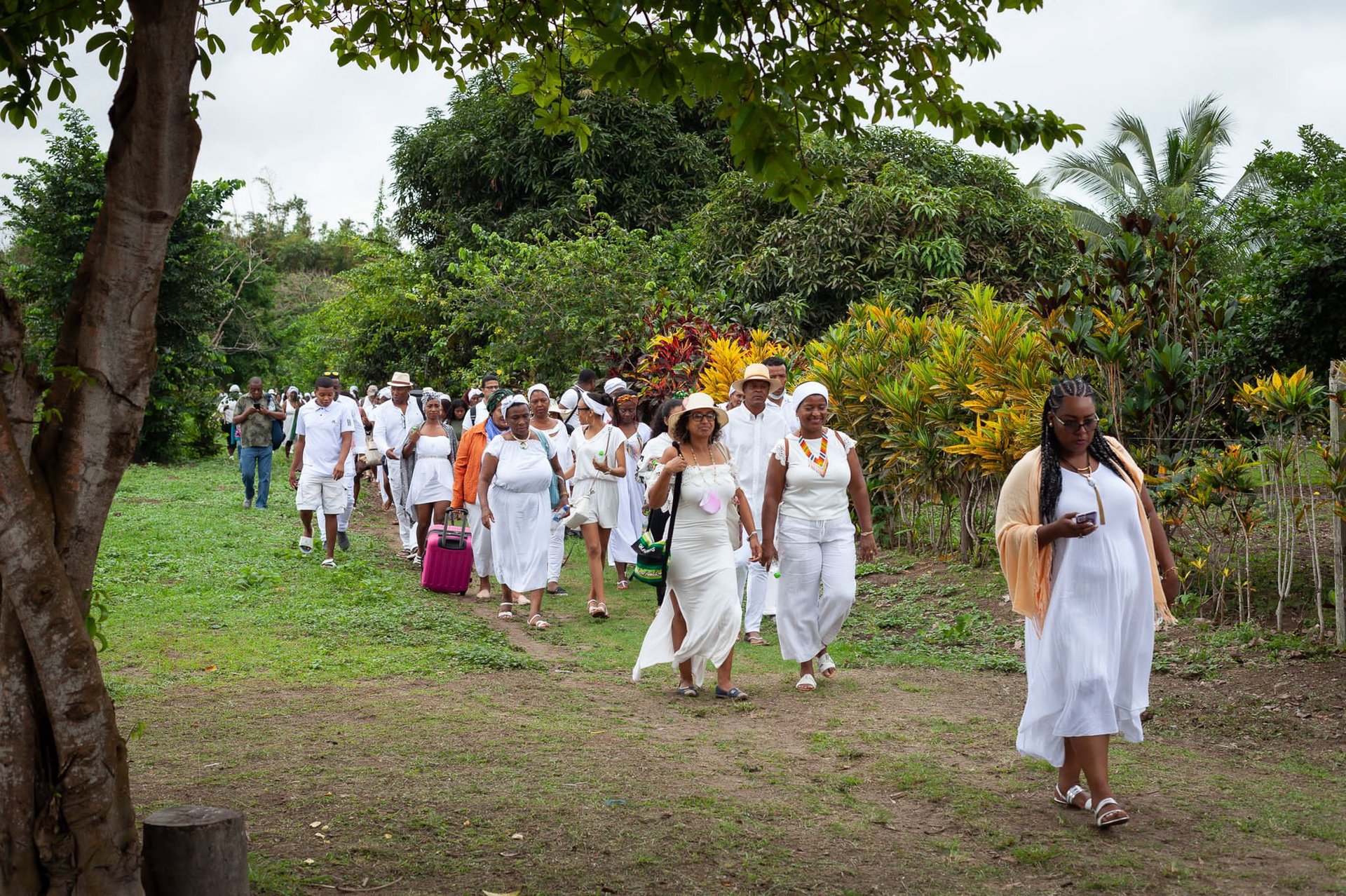
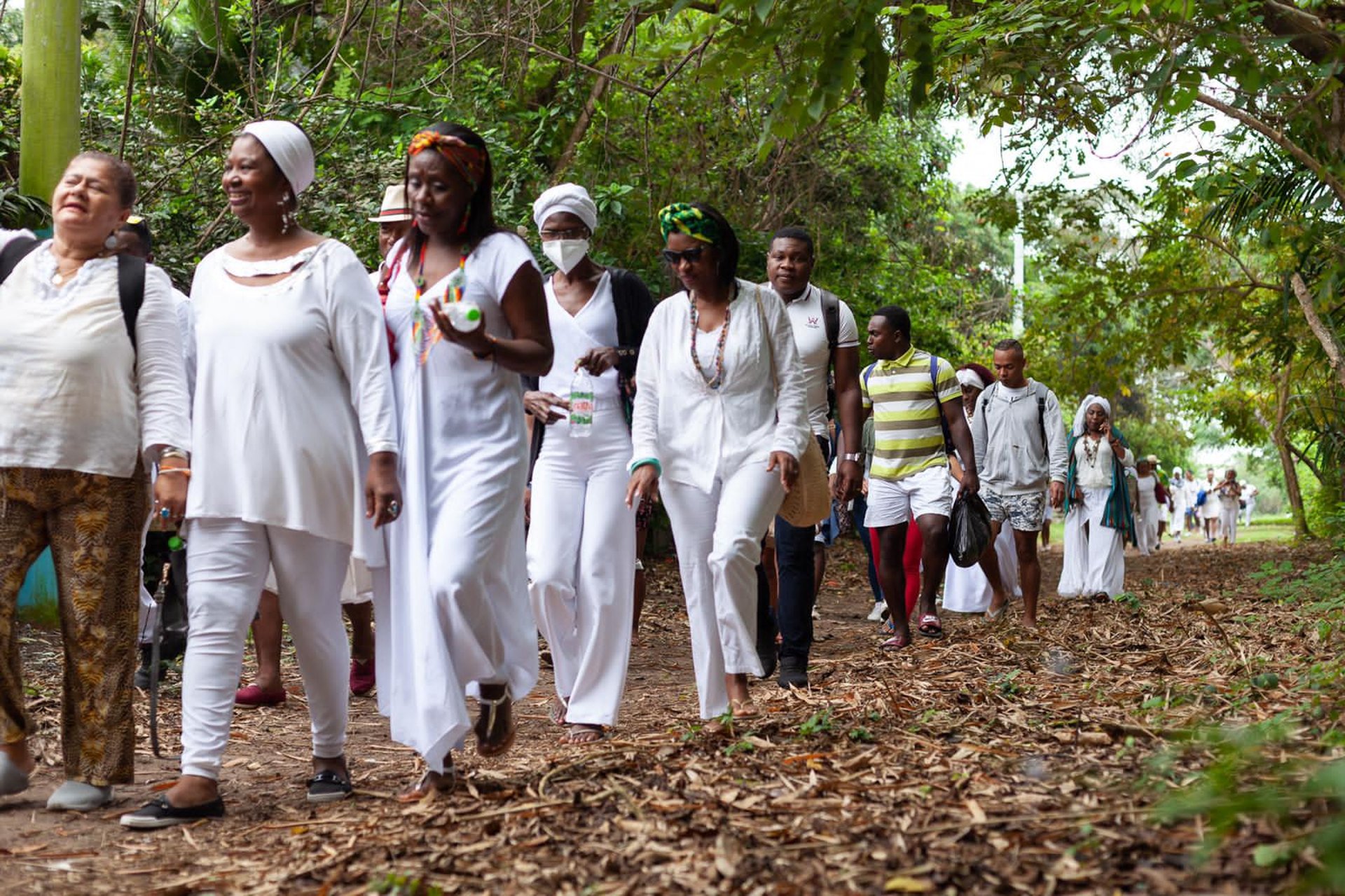
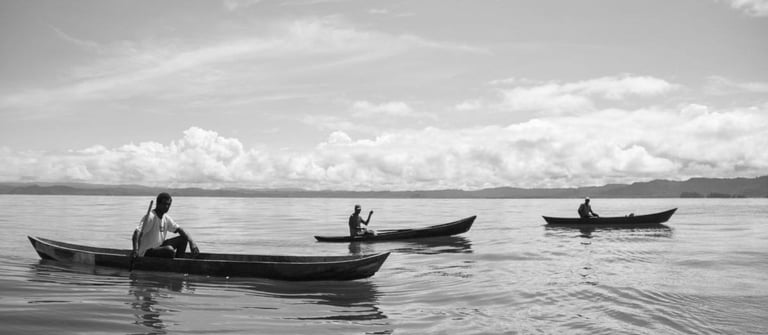

Haciendas, Fisheries and Trade
Those who promoted the cultivation of these lands were Don Luis Intriago and his wife Martina Patiño, along with their children, arriving from the province of Manabí around 1940, with the dream of working on their own lands. Upon arrival, they found about six families living in the town, in addition to an extensive palm of coconut trees bordering the beach and the farm they had bought also had cattle and rubber (Ficus elastica). These crops, especially the rubber that enjoyed an excellent price at that time, allowed them to quickly pay the cost of the land acquired. Thanks to this, they managed to expand and implement the livestock activity, which was directed with dedication by their children Maximino and Ángel.
With the advance of the hacienda and the arrival of the Zambrano family, also landowners; new sources of work emerged. The arrival of people who sought to get away from difficult chapters of their past is also commented on. Thus, the site was taking the form of a town. As in many rural environments of the time, community decisions used to align with the vision of those who exercised greater influence on the land, discreetly defining the social structure of the place.
Before the agricultural activity, many residents, with their bongos, dedicated themselves to the art of fishing. Food has never been lacking: hunting (now prohibited) and collecting molluscs, mangrove shells and crabs allowed to live without major concerns for daily sustenance. With the arrival of the shrimp boom, many began to dedicate themselves to the capture of shrimp larvae, which quickly became common due to the good price offered by shrimps, thus transforming part of the local economy.
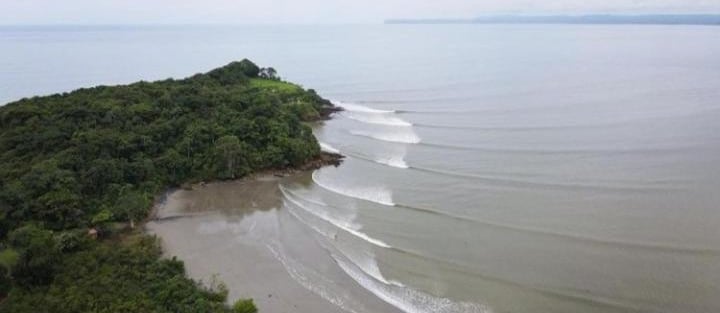

Surfing and Tourism
Surfing arrived in Mompiche in the late 1980s, marking the beginning of a new coastal culture. Morongo, a renowned local surfer, remembers having met his first board at the age of 9, thanks to Milton Bucheli, a young member of a family of landowners who lived on Portete Island. It was Milton who introduced him to this sport and lifestyle. Along with other boys in the area, they used to accompany him to surf the waves of La Punta de Mompiche and other nearby breakers.
In the late 1990s and early 21st century, access to Mompiche began with off-road vehicles, although many still preferred to arrive by boat from Muisne Island or even walking along the beach. Over time, the offer of lodging grew gradually, driven both by the initiative of local inhabitants and by people from other regions, attracted by the possibility of undertaking in a quiet environment, away from the urban bustle.
In 2010, the Royal Decameron resort begins to operate, located just 5 minutes from the town of Mompiche. This great investment was accompanied by the construction of a paved road. For some, a symbol of progress; for others, it marked the beginning of accelerated and disorderly growth, without adequate planning or social investment that directly benefitted the local community. The truth is that, over the course of a decade, a certain hotel sector, along with community leaders, surf club and other characters and institutions that have been added, has managed to make small changes with positive impacts that reconfigure the destination of Mompiche towards a more inclusive, sustainable and respectful development model with its natural and cultural environment.
During the 90s, Mompiche began to attract surfers from other latitudes, who arrived in boats, sailboats and even airplanes, most with high purchasing power, attracted by the perfect waves and the virgin charm of the place. This influx gave way to the emergence of modest dining rooms and lodgings, created to receive those who ventured into this hidden paradise.
